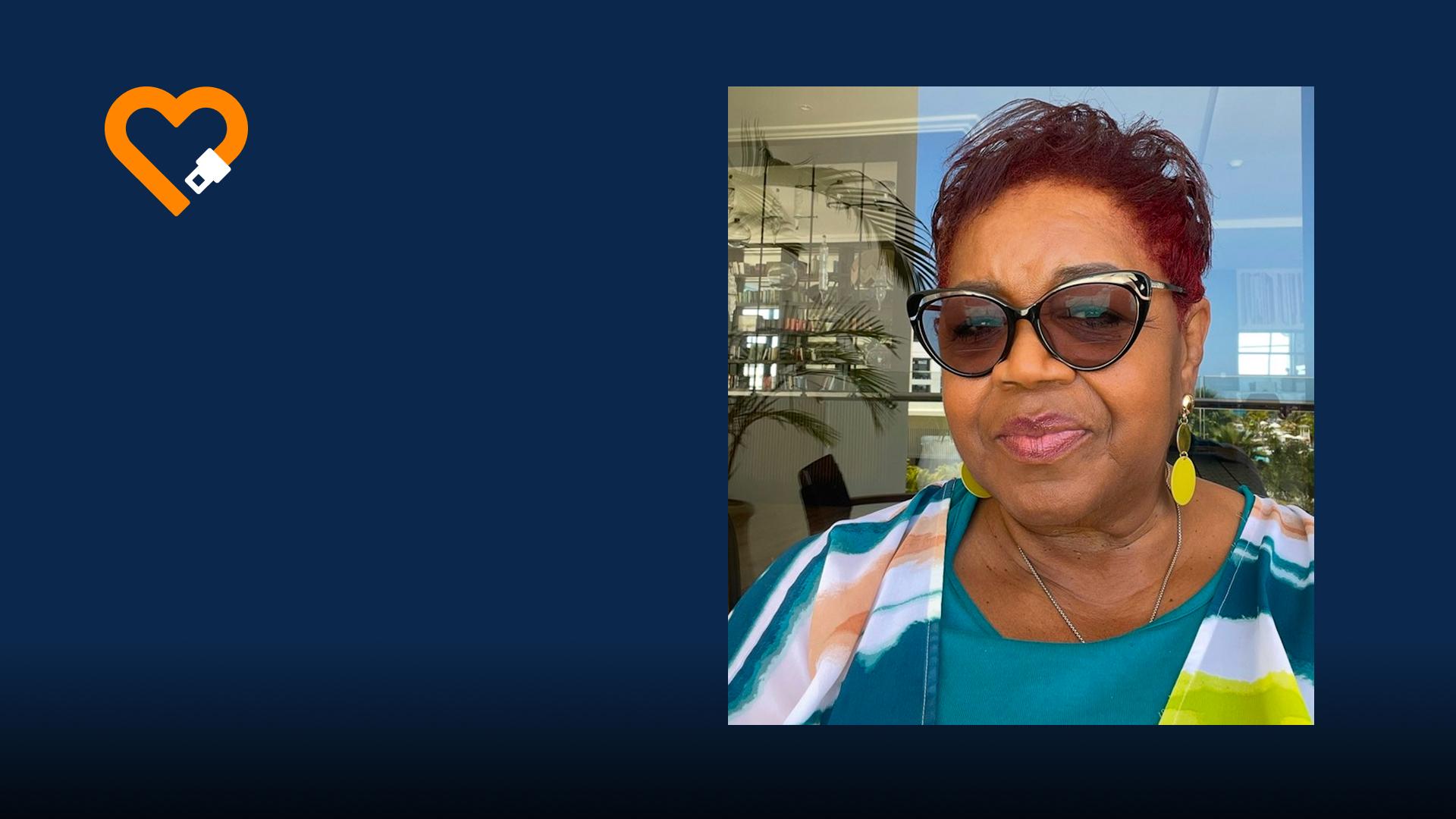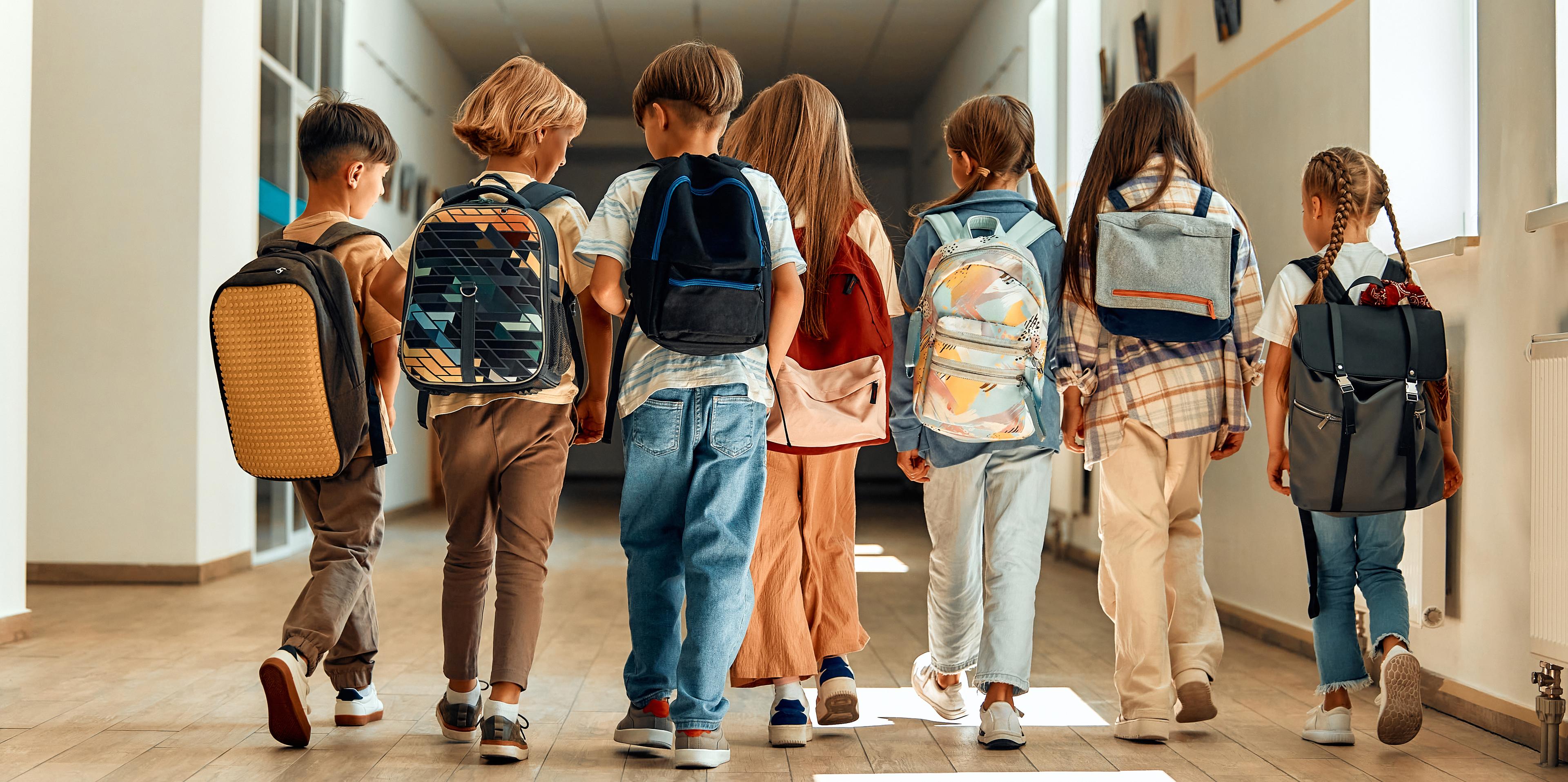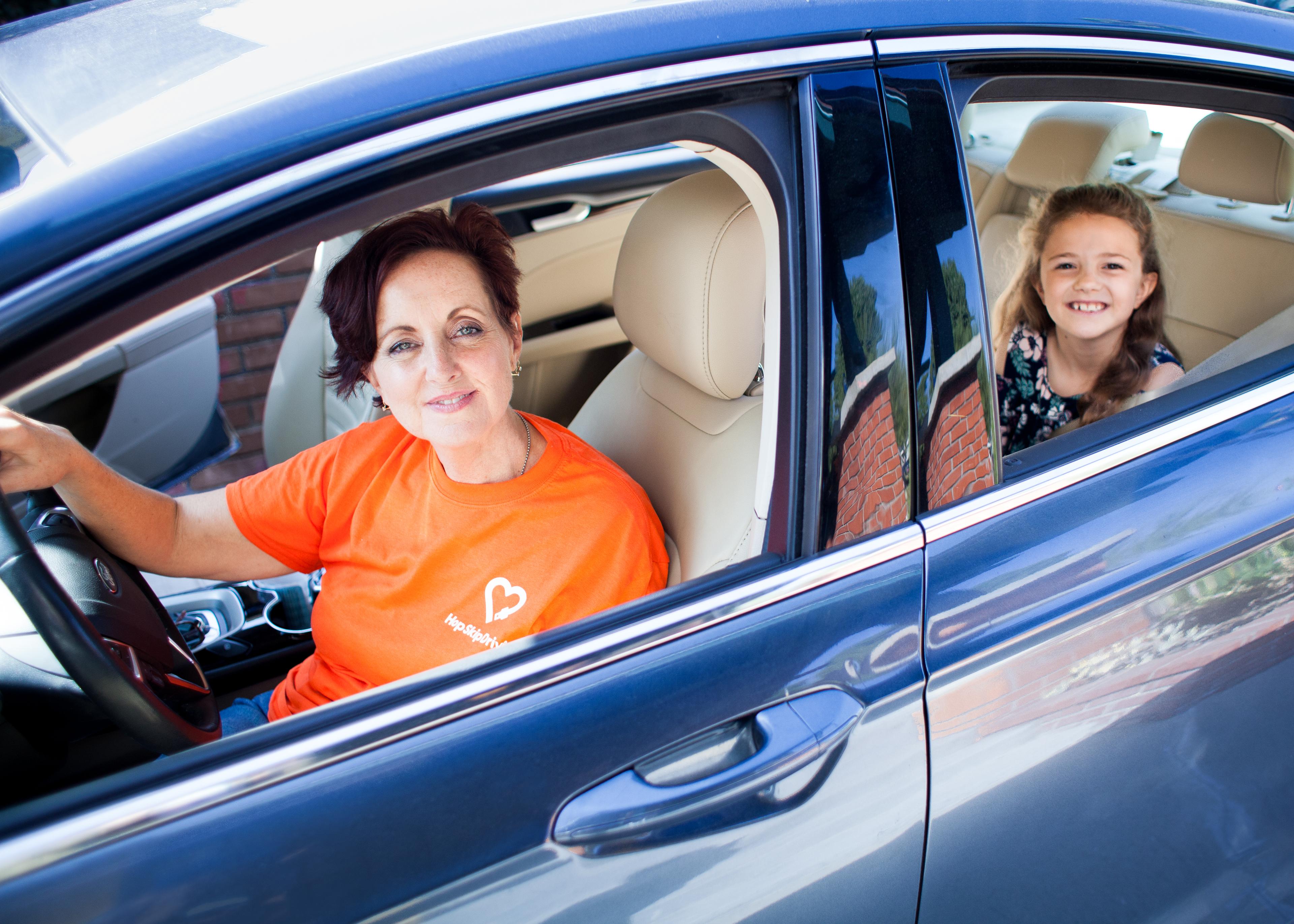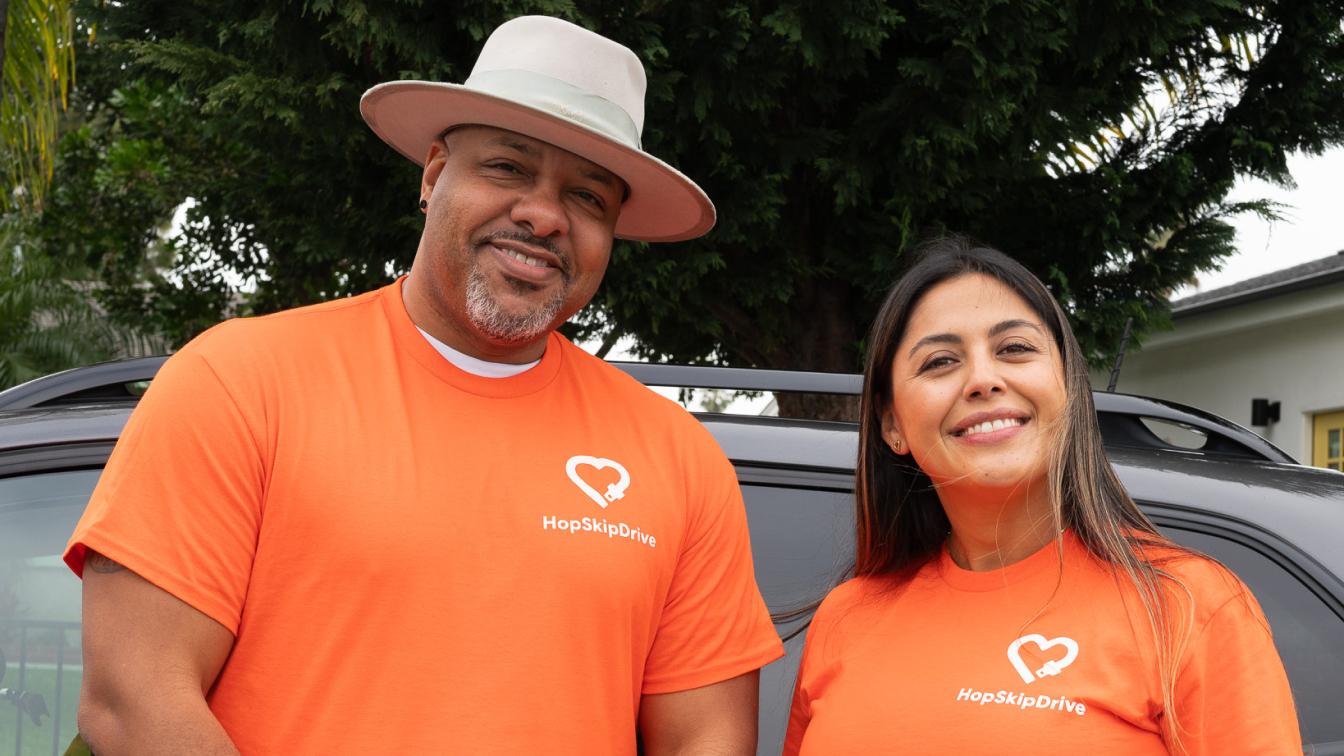7 ways to teach elementary students personal responsibility
Character training is an essential and often overlooked part of a well-rounded education. In addition to traditional educational content, teachers should look for ways to help their students learn to be kind, trustworthy and responsible individuals.
Here are seven tips you can implement in the classroom to teach your elementary students about personal responsibility.
Model Responsible Behavior
Before you talk to your students about responsibility, check in with yourself. Responsibility covers a whole spectrum of healthy, mature behaviors. Do you consider yourself a responsible person? Why or why not? Dig a little deeper by asking yourself:
Are you prepared for class?
Are you fair, and do you keep your word?
Are you late or on time?
Do you practice good energy management?
Do you have good relational boundaries? Do you take on others’ responsibilities when you shouldn’t?
Where do you think you need to grow?
As you’ve probably already realized, your students are really smart. If you don’t behave responsibly, they won’t take your requests to act maturely seriously. The first step toward teaching students about responsibility is to model it for them.
Give Clear Expectations
One of the most stressful things that can happen to an elementary student is getting in trouble and not understanding why.
This kind of classroom discipline experience can make students feel unjustly treated. This, in turn, can undermine their confidence in you. It can also lessen any incentives for them to behave well, since they may feel like they will be punished anyway.
On the other hand, giving students clear expectations for
how to behave will relieve stress and create a peaceful classroom environment.
Reliable rules will help you and your students. You’ll both know when a rule has been broken, and your students will already know what the consequences will be.
Knowing what is expected will also give students a framework for deciding whether or not they’re willing to listen to the rules. You can’t force responsible behavior — but you can enforce it with a clear, fair set of rules.
Do What You Say
Once your classroom rules are in place and you’ve explained them to your students, the hard part begins: You have to follow through on what you’ve said.
If you don’t respect your own rules, your students won’t either. Enforcing consequences might feel harsh at times, but
it will benefit your students immensely in the long run.
Throughout their lives, your students will face many boundaries related to relationships, their health, their jobs and even the law. Teaching kids that rules are real and need to be respected will help them develop into the kind of person that does what’s right — even when no one’s looking.
Give Students Jobs
Give your students opportunities to practice responsibility by assigning them actionable jobs in the classroom. These assignments can vary from completing homework to keeping desks clean to tidying the classroom at the end of the school day.
Parents, too, can practice something similar at home by giving their kids an allowance. Children can complete chores to “earn” money and then
practice saving and spending to learn healthy financial habits.
Children are always looking for opportunities to be “grown up.” They model adult behavior naturally, and love having opportunities to develop new skills they can be proud of.
Offer Tangible Rewards
There’s some controversy over whether or not you should reward kids for good behavior. After all, no one will give them candy for doing the right thing after they grow up!
If you’re thoughtful about it, though, tangible rewards can help your students see the correlation between good behavior and its natural results. For example, when students are kind, they are more likely to make friends. If students study and pay attention in class, they will get good grades.
These kinds of consequences are very real, and your students will experience them over the course of their whole lives. Teaching them to pay attention now can help them make better choices later.
One of the natural rewards of
responsible behavior is increased self-esteem. Positive experiences when trying new things can build on one another, strengthening your students’ belief in themselves and their expectations for the future.
Obedience Is Not the Same as Responsibility
From the outside, obedience and responsibility can look like the same thing. You ask a student to do something, and they do it. However, there’s an important distinction between these two forms of behavior, and it has to do with motivation.
Students who obey you are motivated by you. Your punishment or reward is what gets them out of their seats and moving forward. The problem is that eventually, you won’t be there.
Responsibility, on the other hand, is self-initiated. It stems from a student’s desire to do the right thing for the right reasons — even if it doesn’t feel good in the moment.
Responsibility takes time to develop, and it
often starts with obedience. However, each child has to decide for themselves to move from dependent obedience to an independent sense of personal responsibility.
Focus on the Process
One of your goals as a teacher should be to develop an independent sense of personal responsibility in your students.
The best way to reach this goal is somewhat counterintuitive; it’s simply to be present in each moment.
Don’t try to force the results you want. Meet each child where they are, genuinely connect with them and then help them take the next step toward personal responsibility.
Whether or not they get there is ultimately not up to you — it’s a choice each child will have to make as they grow up. As a teacher, if you focus on what you can control (hint: it’s yourself!), you’ll be far more likely to see your students blossom into the best versions of themselves.
Get an A+ in Responsibility
Teaching your students to be responsible is incredibly valuable, and it doesn’t have to be overwhelming. Following these seven tips will help your students develop an understanding of personal responsibility while completing required school curriculum.
It may take a little extra planning — and some self-reflection — on your part to effectively teach your students about responsibility. In the end, though, this life lesson will benefit them in more ways, and have a much longer-lasting impact, than the traditional educational subjects they learn about in class.
About the Author

Ginger Abbot is an education and lifestyle writer with a passion for learning. Read more of her work on Classrooms.com, where she serves as Editor when she’s not freelancing.



